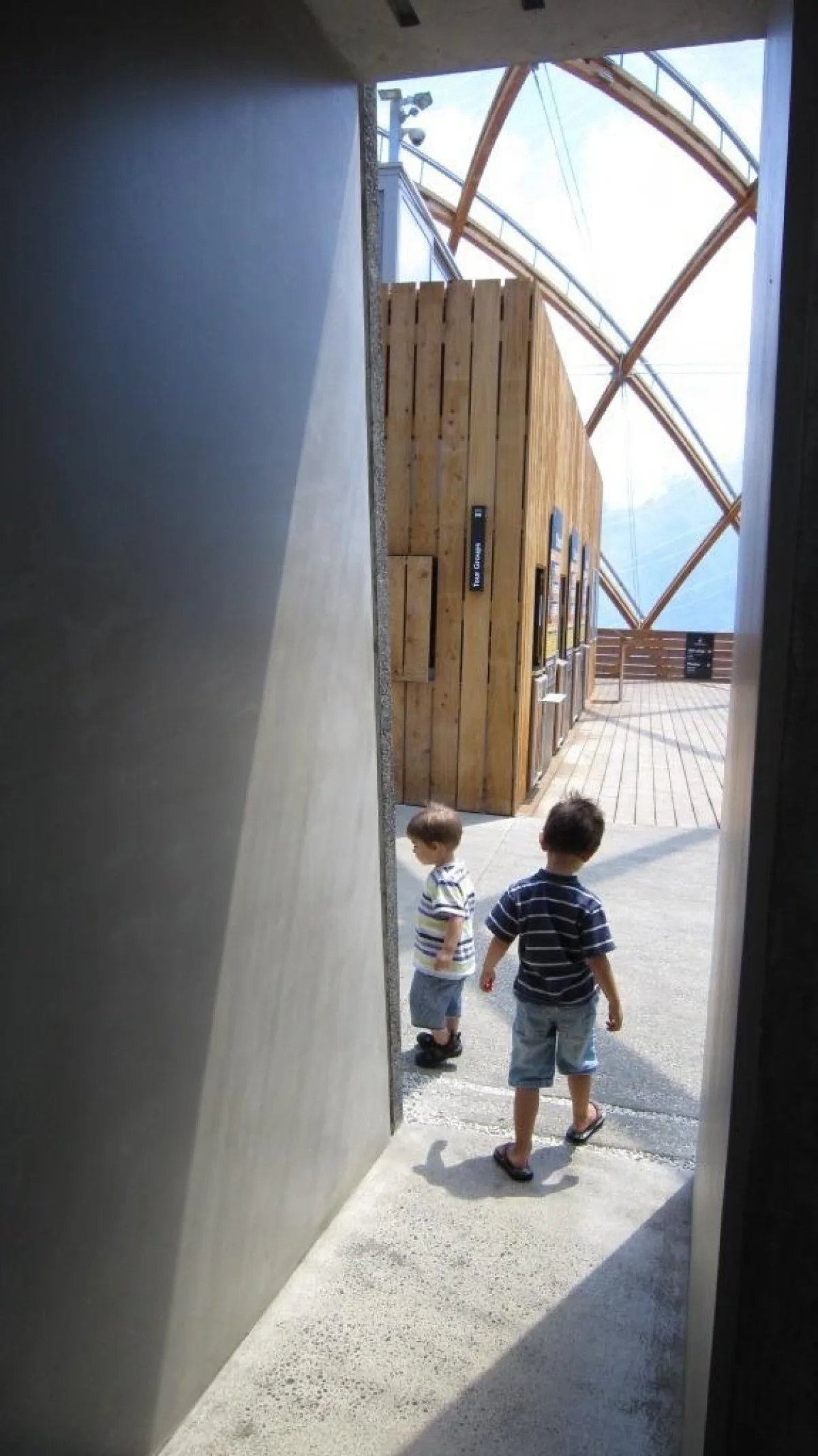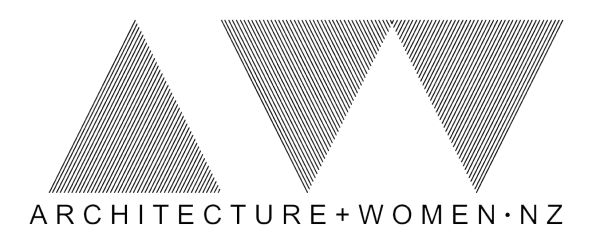Not On Hold
29 Nov 2012Jennie Aerts on An Architect's Practice on Parental Leave
It is said an architect reaches his or her prime somewhere between 40 and 60 years old. Reasons for this vary for having the time to hone ones craft, learning from the building of multiple projects but also there is the theory that simply life experience makes one a better architect.
After almost five years of parental leave, three of which have been completely at home, I have been reflecting on what I have learned over the last half-decade when it comes to the practice of architecture. On a personal level the growth of becoming a mother and the opportunity to spend all day with the most extraordinary little people you could imagine is priceless. But I know that despite words associated with maternity or parental leave - such as putting a career on ‘hold’, taking a ‘break’ or ‘suspending’ registration - I didn’t stop being an architect in the last five years. It’s just part of who I am, and what I have experienced as a stay-at-home mother now shapes my unique voice in the work we do today.
One of the invaluable ways to learn about architecture is to really experience buildings, and while often a mother’s pace is frenetic, at other times it slows down. When it does, that’s when I truly stop, and am in the moment. After living in San Francisco for a while, I noticed everything in America seemed to happen at a faster pace. I joined in. After a while, the Americans I worked with started to make fun of the fact I walked to work so quickly; they would be an inch in front of my face before I recognised them. While strolling through the streets of Auckland either with babies sleeping in the stroller or accompanied by the enquiring minds of toddlers, I stopped walking so fast and simply stopped and looked. We have spent many moments at MOTAT’s Aviation Display Hall and various exhibits at Auckland Museum. The materiality of the Auckland Art Gallery, landscapes of the Botanical Gardens and Winter Gardens all have fuelled my architectural vocabulary.

While working in the States I spent much time tailoring aspects of retail and university projects to enable the accessibly-challenged to have the best possible quality of life while experiencing a building. While I know pushing a stroller is in no way akin to being in a wheelchair, I did get to know which buildings are easier to navigate around, which cafes are near impossible to access and the quality of accessibility available in many places in Auckland. It is a let down when its not well considered.
Part of the practice of architecture is refining the skill to listen and formulate a clients brief. In our experience communication is critical to a successful project, but as 75 per cent of our projects are residential it certainly doesn’t hurt to have first hand experience of the particulars of everyday practice of raising children. From the banal details of knowing how much storage is needed for the double stroller to a good idea of the outermost perimeter of splashable surfaces a 1-year-old can create while feeding, these details fill a little file within my mental design space. There are routines that all families create for themselves and these inhabit the spaces we create for them. My understanding of our own evolving routines helps me ask different questions and consider different aspects of a project which I hadn’t vocalised before.
Our children tend to experience materials that cover the surfaces in buildings with every part of their bodies. I have a new and more intimate appreciation of a material’s tactility and subsequent durability. This has supported a continued interest in integrated interiors within our work.
I have realised that after taking our boys to multiple playgrounds, they often have the best time discovering the optimal way to slide down a grassy slope. I should have known being a kid who loved sliding down the tiled roofs of the Sydney Opera House. Sometimes a less scripted space can make for great experiences and watching our boys explore spaces have reminded me of this.
Architecture is complicated and these simple reflections potentially only start to uncover how the last 5 years have influenced me. Taking the time out of full time practice and focusing on nurturing relationships and experiencing other practices of everyday life have allowed me to refocus and recharge. I feel more inspired to create lasting projects which will stand the test of time and shape the way people can live with joy and happiness. A lofty goal? Perhaps but one that I want to continue pursuing.












